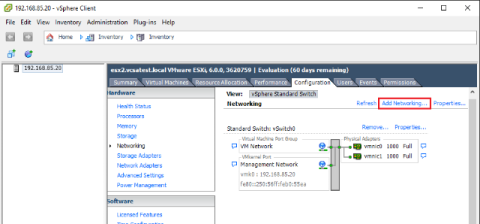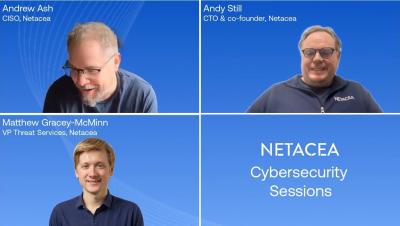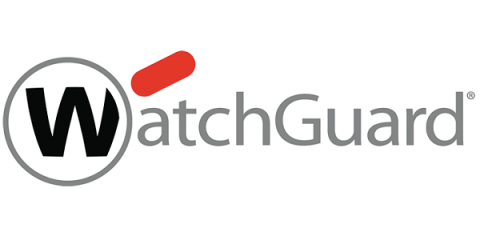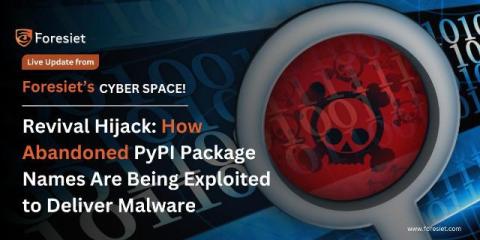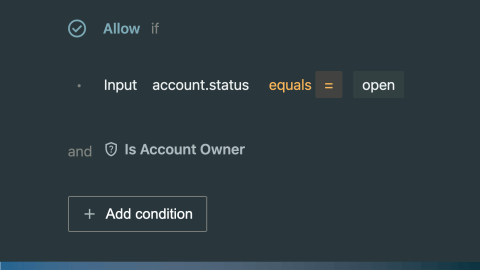Key considerations for digital asset startups: Custody and beyond
Blockchain technology continues to grow in prominence, and as it expands, a wide range of businesses are looking to develop digital asset products. At the same time, many startups are launching with digital assets at the center of their businesses. If you are running a digital asset business or building a blockchain product, it’s important to consider what type of custody management solution will best support your business.





